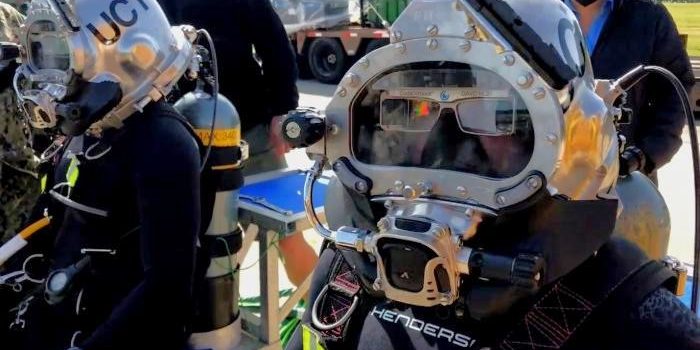ARLINGTON, Va.—A favorite childhood memory for Dr. Sandra Chapman was visiting the USS Arizona Memorial in Pearl Harbor with her father. They hung out at the memorial so often that they memorized lines to the movie playing prior to the boat ride to the memorial.
So it’s appropriate that Chapman — a program officer in the Office of Naval Research’s (ONR) Warfighter Performance Department — is passionate about her involvement in the development of an innovative technology recently applied to efforts to preserve the area around the USS Arizona Memorial.
Developed in partnership with Naval Sea Systems Command (NAVSEA) and Coda Octopus, the system is the Divers Augmented Vision Display (DAVD), which enables divers to better operate in inhospitable underwater environments.


